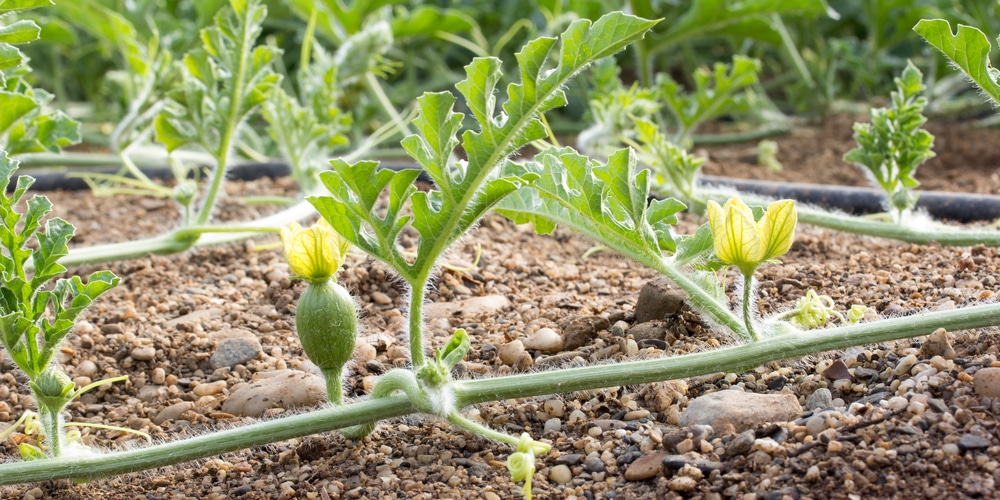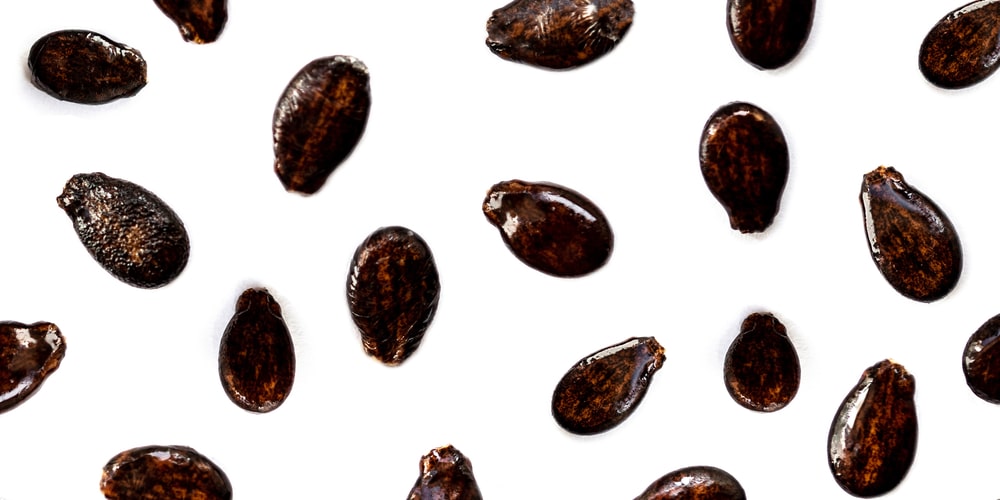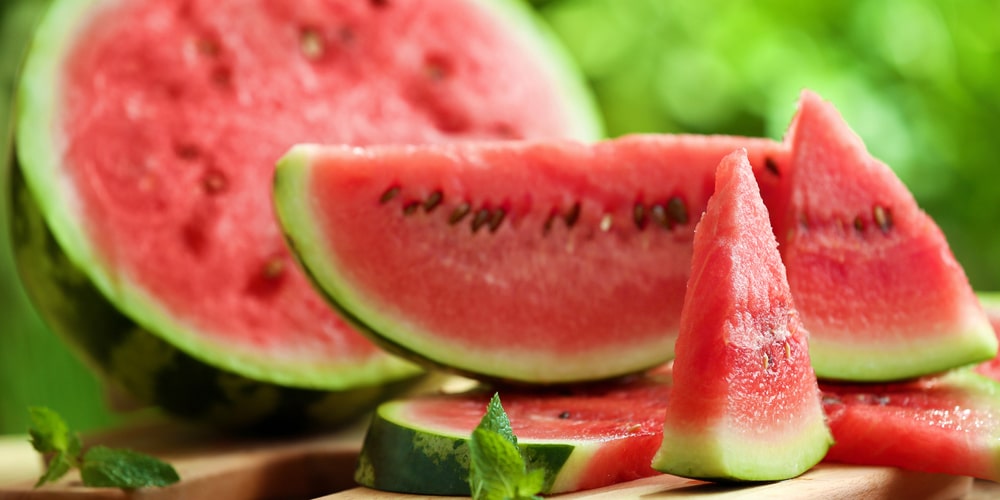Watermelon is a delicious fruit that is enjoyed by people all over the world. Did you know that you can save the seeds from watermelons and plant them in your garden for future harvests?
It’s true! In this article, we will teach you how to save and store watermelon seeds so that you can enjoy homegrown watermelons for years to come!
How to Save Watermelon Seeds
The first step in saving watermelon seeds is to harvest them from a ripe watermelon. Cut the watermelon open and scoop out the seeds with a spoon. Once you have collected all of the seeds, it’s time to clean them.
Rinse the seeds off with cool water and remove any bits of fruit or pulp that are still clinging to them.
Drying and Storing Seeds
After the seeds have been cleaned, it’s time to dry them. Spread the seeds out on a paper towel or coffee filter and allow them to air dry for about 24 hours.
Once the seeds are dry, store them in an airtight container in a cool, dark place. When stored properly, watermelon seeds can last for up to five years!
Planting The Seeds

Now that you know how to save and store watermelon seeds, it’s time to plant them! Watermelon seeds should be planted in late spring or early summer. Before planting, soak the seeds in lukewarm water for 24 hours.
This will help them germinate faster. Once soaked, plant the seeds about ½ inch deep in well-draining soil. Water the seeds well and keep the soil moist until germination occurs. The planting requirements for watermelons are:
Light/Sun
One of the most critical factors in growing healthy watermelons is ensuring that they receive enough light. Watermelons require at least six hours of direct sunlight per day, so it is essential to plant them in an area that receives full sun.
If you live in an area with hot summers, it is also good to provide some afternoon shade to prevent the fruit from overheating.
Water
Water is essential for the growth and development of watermelons. The ideal amount of water for a watermelon plant differs depending on the climate and soil type, but generally, plants should receive at least an inch of water per week.
More water may be required during periods of hot, dry weather. To ensure that your plants are getting enough water, check the soil around the base of the plant each day. If it feels dry to the touch, it’s time to give your plants a drink.
Soil
Before planting watermelons, it is vital to choose a spot in the garden that has well-drained soil and full sun. The soil should also be loose and rich in organic matter. Melons require a lot of nutrients, so it is important to add compost or manure to the soil before planting.
If the soil is too compacted, the roots will not spread out, and the plant will not be able to uptake enough water. In addition, melons need warm soil to grow well.
If the soil is too cold, it will delay flowering and fruit set. For best results, wait to plant until the soil temperature has reached at least 70 degrees Fahrenheit.
Fertilizer
The soil should be tested for nutrient levels before planting. If the soil is deficient in nitrogen, phosphorus, or potassium, these nutrients should be added through fertilizer. Second, watermelons need to be fertilized regularly throughout the growing season.
A general-purpose fertilizer applied every two to four weeks is typically sufficient. Third, it is essential to avoid over-fertilization, leading to excessive vine growth and reduced fruit quality. Too much nitrogen, in particular, can cause watermelon plants to produce more leaves and fewer fruits.
Location
When choosing a spot to plant watermelons, it is essential to consider the plant’s needs. Watermelons are large plants that require a lot of space. They should be planted in an area of the garden that receives full sun and has well-drained soil. In addition, watermelons need room to spread out.
Each plant should be given at least two to three feet of space. One way to save space in the garden is to train watermelons to climb a trellis or fence.
Harvesting
Watermelons are typically ready to harvest about 75 days after planting. To determine if a watermelon is ripe, look for a dull color on the bottom of the fruit. The stem should also be brown and dry.
If you gently thump the watermelon, it should have a deep, hollow sound. To harvest, cut the stem with a sharp knife or pruning shears, careful not to damage the vine. Watermelons can be stored in a cool, dark place for two weeks.
How to save watermelon seeds: Conclusion
Watermelons are a delicious and nutritious summertime treat. They are also relatively easy to grow if you provide them with the proper care.
With some planning and effort, you can enjoy fresh watermelons from your garden.
Related Article: Average Watermelon Size

